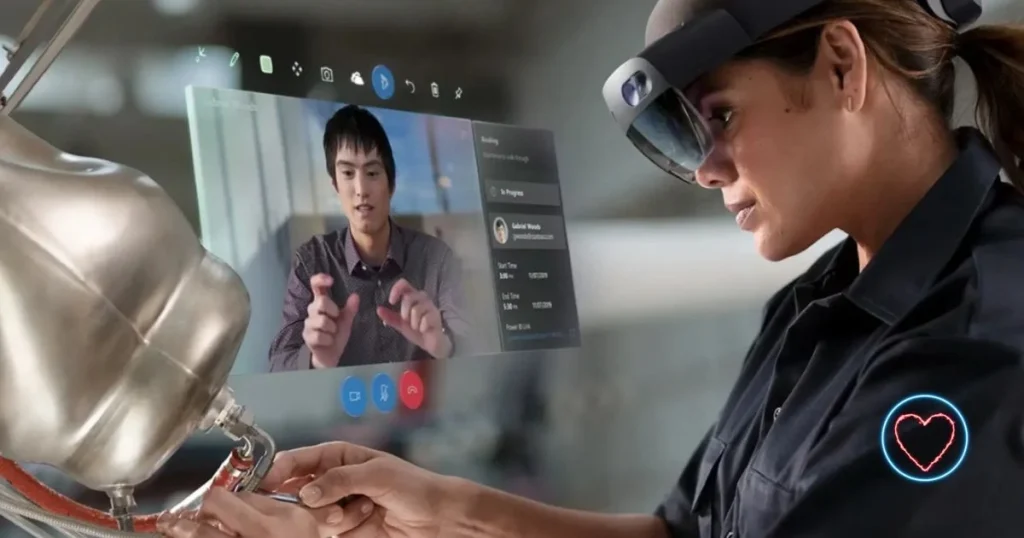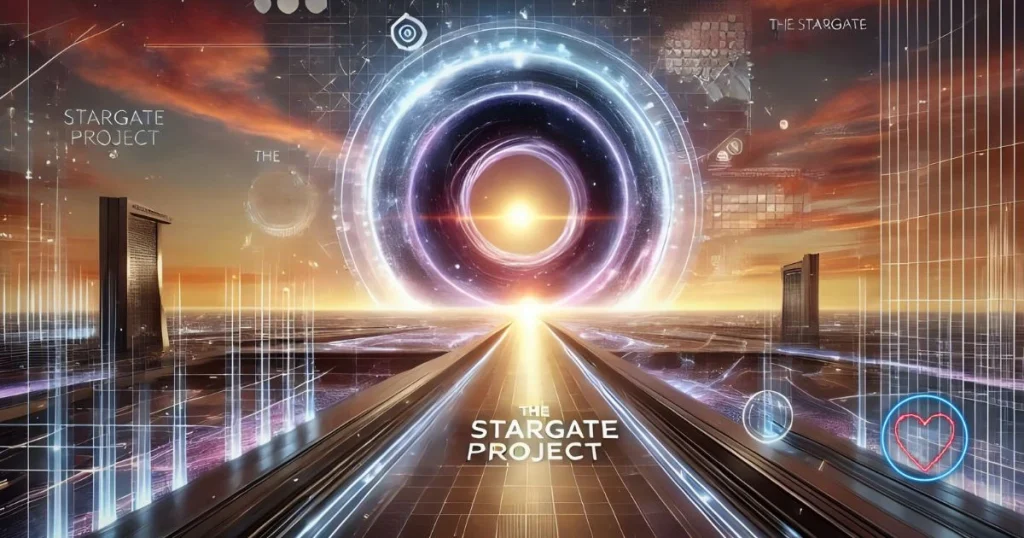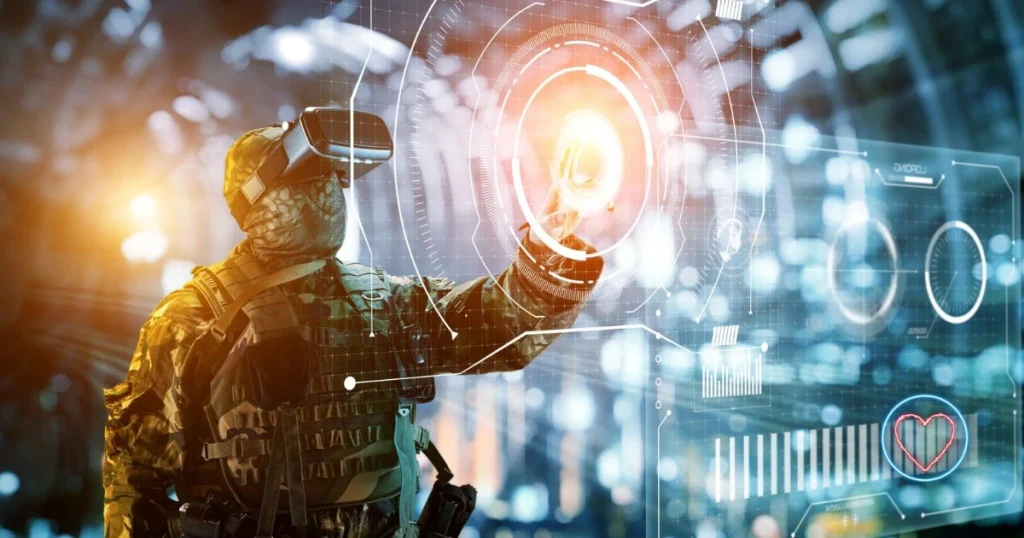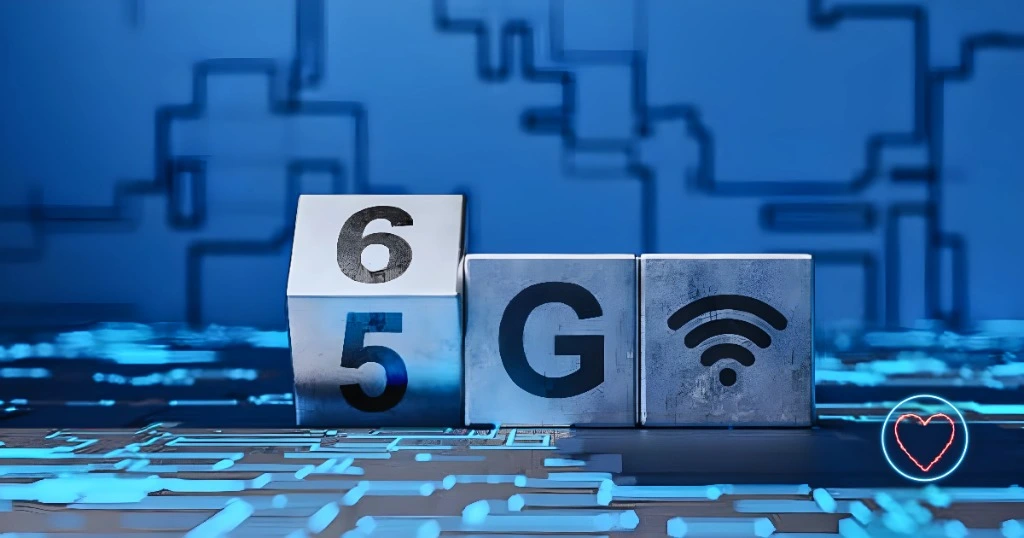Over the past decade, our interaction with technology has undergone a profound transformation. This evolution accelerated significantly following the COVID-19 pandemic, as industries across the board sought safer and more efficient ways to operate, train, and engage. With the public’s growing preference for experiences over material goods, marketing has shifted, pushing the rise of immersive technologies and the broader adoption of Spatial Computing.
In this article, we’ll explore the core concepts of Spatial Computing, current use cases, advancements in interactive technologies, and what the future holds for this powerful digital frontier.
Understanding Spatial Computing
Spatial Computing refers to the integration and management of digital information with the physical world, enabling machines to understand, interact with, and respond to real-world environments. It involves the seamless coordination between people, devices, objects, and their surrounding environments, enhancing both physical and digital interactions.
The concept was first introduced by Simon Greenwold in his 2003 thesis at MIT’s Media Lab. While the idea has been around for decades, only recent technological advancements—particularly in artificial intelligence (AI), computer vision, sensor technology, and spatial mapping—have made it viable at scale.
By incorporating awareness of spatial relationships, machines can now collaborate with humans more intuitively. As these capabilities continue to grow, Spatial Computing is poised to play a foundational role in shaping how we live and work in the coming years.
Spatial Computing in the Workplace
Spatial Computing is already driving innovation across various sectors. Here are some of the key areas where it’s making an impact:
1. Automated Warehousing
E-commerce giants have revolutionized customer expectations, with next-day or even same-day delivery becoming the norm. This logistical demand has driven companies to upgrade their warehousing operations. Spatial Computing helps optimize these environments by enabling robots to navigate, sort, and deliver goods with precision and speed.
2. Industrial Training
Manufacturing and construction industries are leveraging spatial technologies to deliver immersive training experiences. Workers can be trained in virtual 3D environments that mimic real-world scenarios, improving safety, reducing training costs, and increasing knowledge retention.
3. Healthcare Innovation
The healthcare sector has witnessed accelerated digital transformation since the pandemic. Spatial Computing is supporting innovations like ProjectDR at the University of Alberta, which overlays diagnostic imaging directly onto patients’ bodies. Such advancements facilitate more accurate diagnoses, treatment planning, and even surgical rehearsals without physical interaction.
4. Technical Support and Remote Collaboration
Remote work and global collaboration have become more seamless with Spatial Computing. By merging real-time video with augmented reality (AR), organizations can conduct remote support sessions, share visual instructions, and troubleshoot systems from across the globe.
These real-world applications showcase how Spatial Computing enhances productivity, safety, and communication across a wide spectrum of industries.
Recent Advancements in Spatial Computing
One of the most promising areas of development in Spatial Computing is user interface design—especially in the context of XR (extended reality). As interfaces move from 2D screens to 3D environments, new design principles for natural interactions are emerging.
Spatial Computing is also bridging the gap between digital and physical realms by digitizing real-world objects and environments. Whether through virtual twins of cities or interactive AR experiences in retail, the boundaries between reality and digital spaces continue to blur.
Below are some major interactive technologies pushing Spatial Computing forward:
Key Interaction Technologies
1. Hand Tracking
Hand tracking allows users to interact with virtual objects using intuitive gestures—grabbing, pinching, swiping, and sliding—without relying on controllers or keyboards. The challenge lies in capturing the complexity of human motion accurately to make the interaction feel natural and responsive.
2. Haptics
Through the use of wearables and touch-sensitive devices, haptic feedback simulates the sensation of physical touch. While current haptic technology is limited in scope, it represents a significant step toward making virtual experiences feel more tangible.
3. Voice Interaction
Voice-controlled systems have become mainstream with digital assistants like Siri, Alexa, and Google Assistant. In spatial environments, voice input enhances the immersive experience by allowing users to issue commands or interact with systems without needing a screen or keyboard.
4. Eye Tracking
Eye tracking technology follows users’ gaze to understand attention and intention. Companies like Varjo are integrating eye-tracking into headsets to tailor content and reduce cognitive load. This not only improves user experience but also enhances data collection for system optimization.
The Future Potential of Spatial Computing
Spatial Computing is evolving rapidly, with its potential expanding across consumer, industrial, and enterprise markets. Here are some projections and possibilities for the near future:
- Retail and Marketing: Brands are leveraging spatial experiences for product demonstrations, store navigation, and immersive storytelling. With consumer preference leaning toward experiences over products, Spatial Computing aligns perfectly with this trend.
- Education and Training: Educational institutions are adopting spatial technologies to create interactive, personalized learning environments. Virtual classrooms, labs, and historical site visits are becoming more accessible.
- Urban Planning and Smart Cities: Governments and developers are using spatial data to design smarter cities. Digital twins of urban infrastructure help in planning, simulation, and real-time monitoring.
- Entertainment and Media: From immersive gaming to interactive film experiences, Spatial Computing is redefining entertainment. The metaverse, still in its early stages, heavily depends on these technologies for engagement.
Looking Forward
The growing integration of Spatial Computing into daily life signals a monumental shift in how we perceive and interact with technology. Accelerated by global events like the COVID-19 pandemic, the demand for non-contact, immersive, and intelligent systems is stronger than ever.
As consumers prioritize experiences and as workplaces evolve to embrace hybrid models, the applications of Spatial Computing will only broaden. With continued advancements in AI, sensor accuracy, and interface design, the line between the physical and digital world will become increasingly seamless.
Spatial Computing is not just a trend—it is the backbone of the next digital revolution. Those who understand and embrace its capabilities will be at the forefront of innovation, shaping the future of work, communication, and human-machine collaboration.











